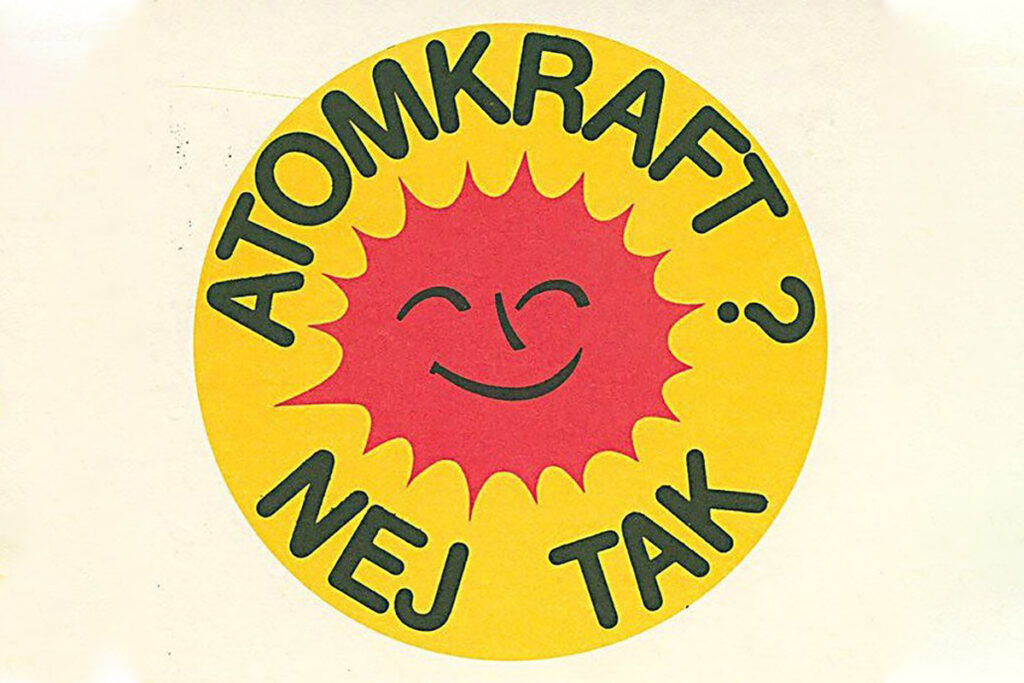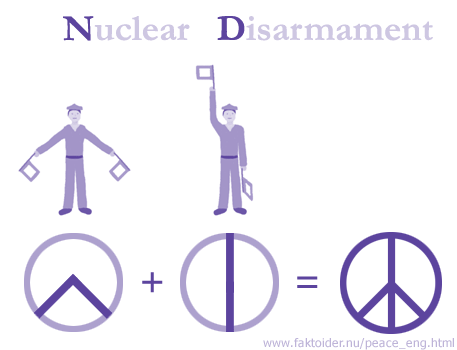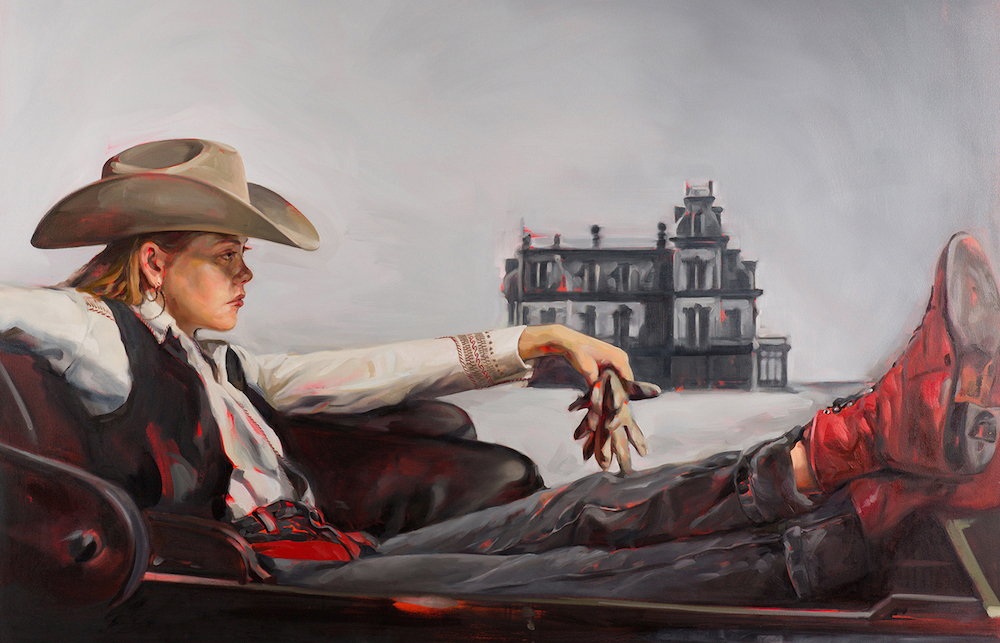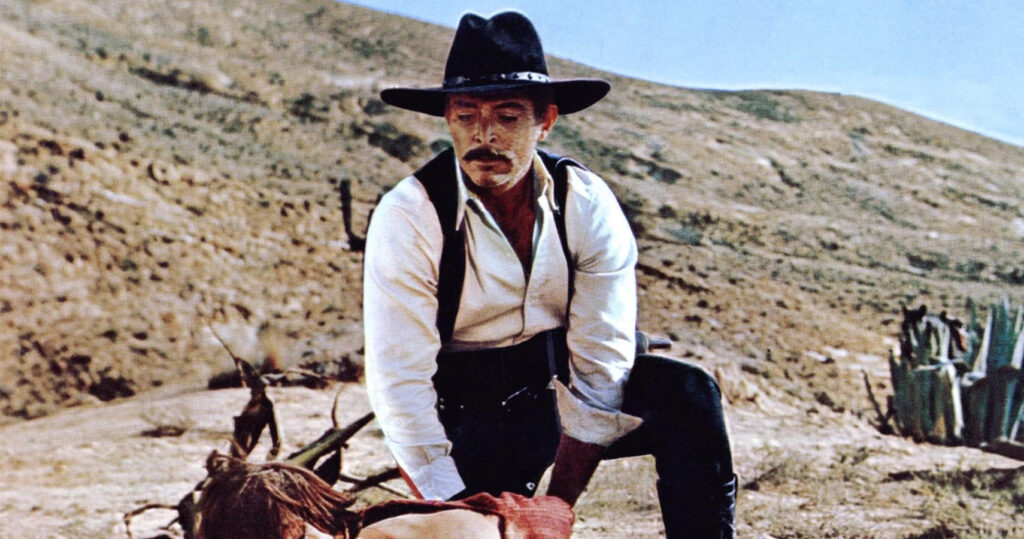News of the World
In diesem Eintrag soll es um einen Western-Film gehen, der erst letztes Jahr vorgestellt wurde. Im Dezember 2020 wurde „News of the World“ offiziell veröffentlicht, und rund zwei Monate später auch auf Netflix gezeigt. In der Hauptrolle findet sich Tom Hanks, der in der Geschichte einen besonderen Beruf ausübt, und (wie so oft) mit den Widrigkeiten der damaligen Zeit umgehen muss. Der Film spielt im Jahr 1870, wo der Protagonist von Stadt zu Stadt reist, um den dort Ansässigen aus spärlich verfügbaren Tageszeitungen vorzulesen und über das Geschehen der Welt zu informieren. Dafür verlangt er eine kleine Gebühr, um seine Kosten irgendwie finanzieren zu können. Er lebt ein einfaches Leben, allerdings erfüllt ihn seine Arbeit. Als er sich auf den Weg in eine neue Stadt macht, stößt er auf ein kleines Mädchen in indigener Kleidung, das ausgesetzt worden zu sein scheint. Er nimmt es auf, um es schließlich der Armee zu übergeben, da er nicht weiß, was er mit ihr tun soll. Die Herrschaften der Armee aber machen eine Verwandtschaft zu einer Familie aus, die sich rund 400 Meilen entfernt von ihnen befindet. Was also tun? Wofür entscheidet sich „Jefferson Kyle Kidd“ (so der Name des Protagonisten)? Er entscheidet sich für die Rückführung des Kindes und macht sich auf den Weg.
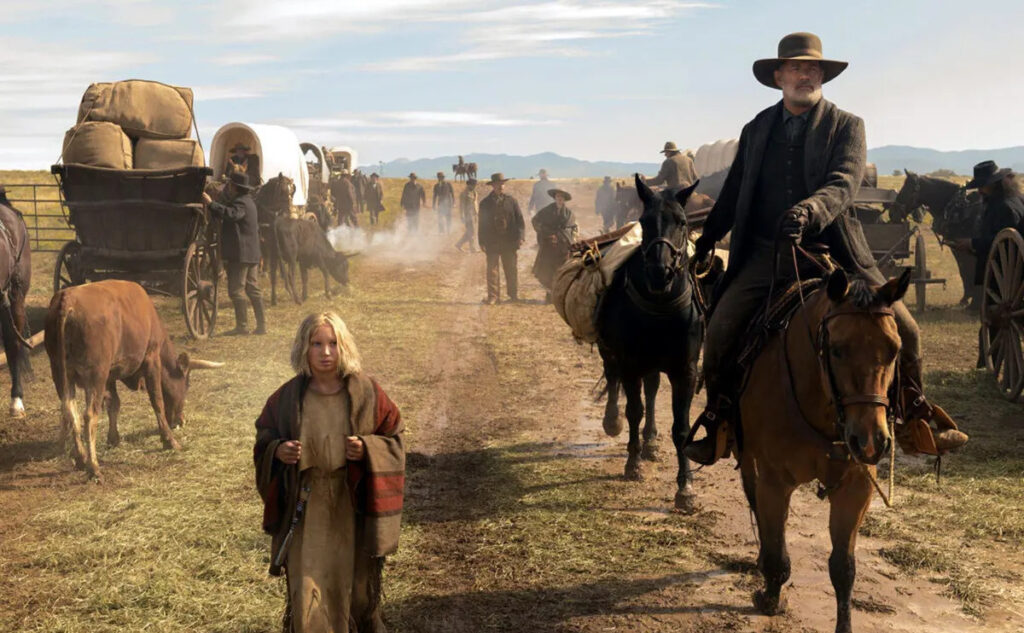
Eine lange Reise
Schon bevor sie sich auf den Weg machen, gibt es einige Probleme. Das Mädchen mit Namen „Johanna Leonberger“ spricht kein Englisch und versucht immer wieder vom Protagonisten wegzulaufen. Drei Soldaten versuchen sie etwas später abzukaufen, und als Kidd ablehnt bedrohen sie ihn. Auf der Reise werden sie von den drei Männern gejagt, die aber durch Geschick und einer Portion Glück abgehalten werden, sie umzubringen. Mit jedem Tag den sie gemeinsam verbringen (müssen), verstehen sie sich besser und werden so etwas wie Freunde. Als sie nach weiteren Strapazen und anderen Ereignissen dann schließlich bei der Familie ankommen, wissen die auch nicht so Recht was sie mit Johanna anfangen sollen. Der Protagonist lässt sie dort, mit einem schlechten Gewissen. Er besucht San Antonio – seine alte Heimat – wo auch das Grab seiner Frau liegt, die vor einigen Jahren verstorben ist. Nach Gedanken wie es um ihn und seine Familie steht, die es nicht mehr gibt, macht er sich auf den Weg zu Johanna. Er findet sie angekettet vor dem Haus der Familie. Der Grund – sie will nicht arbeiten und läuft immer wieder davon. Schließlich einigt er sich mit der Familie Johanna wieder in seine Obhut zu nehmen. Das Mädchen akzeptiert, und auch die Entschuldigung, die er ihr vorträgt.
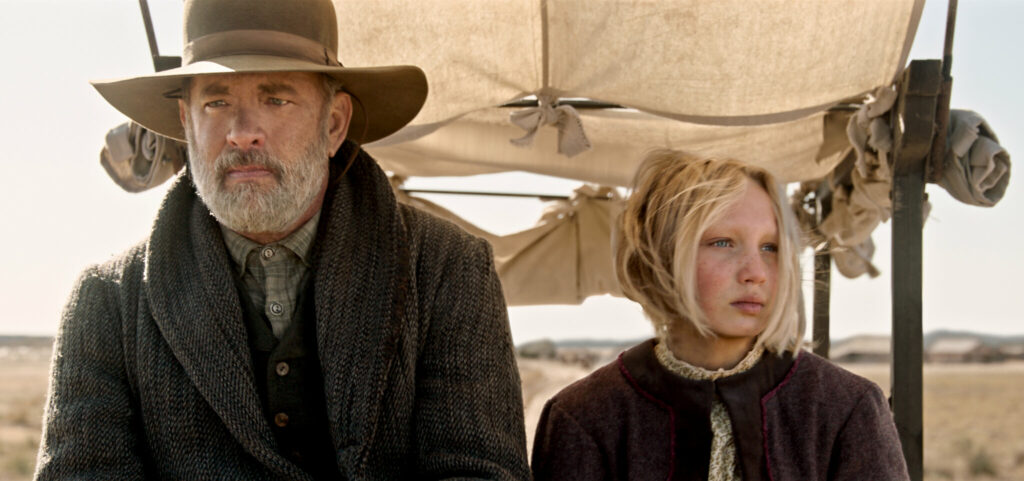
Die adoptierte Tochter
Der Film schließt mit einer Szene, in der Johanna dem Protagonisten hilft, als er die Geschichten aus den Zeitungen vorträgt. Sie wurde von ihm adoptiert (sie trägt seinen Nachnamen) und beide sind glücklich darüber. Ein schönes Ende – und ein doch recht klassischer Western. Obwohl die Geschichte alles andere als klassisch ist, sind die Motive und Elemente typisch und stark vertreten. Es kommt vieles vor, über das wir schon gesprochen haben. Der Einzelgänger als Protagonist, der sich mit Land, Leuten und Natur herumschlagen muss, das feindlich gestimmte Umfeld, prekäre Situationen und eine Reise, die die Charaktere so schnell nicht vergessen. Auch Sklaverei, Schusswechsel und der Tod als Thematik werden selbstverständlich aufgegriffen. Themen der damaligen Zeit, wie etwa das Aufkommen der Zeitungen, dienen als schöne Rahmenhandlung. Auch die Landschaft wird in einem starken Licht eingefangen, was einen für den Western typischen Kontrast mit den Geschehnissen schafft. Alles in allem handelt es sich bei „News of the World“ um einen durchaus erfrischenden, sehenswerten Western-Film, der vieles aufgreift und doch seinen eigenen Zugang zur Materie findet.
Quellen
- Paul Greengrass; „News of the World“ (2020)
- https://www.theguardian.com/film/2021/feb/05/news-of-the-world-review-tom-hanks-rides-straight-down-the-middle


